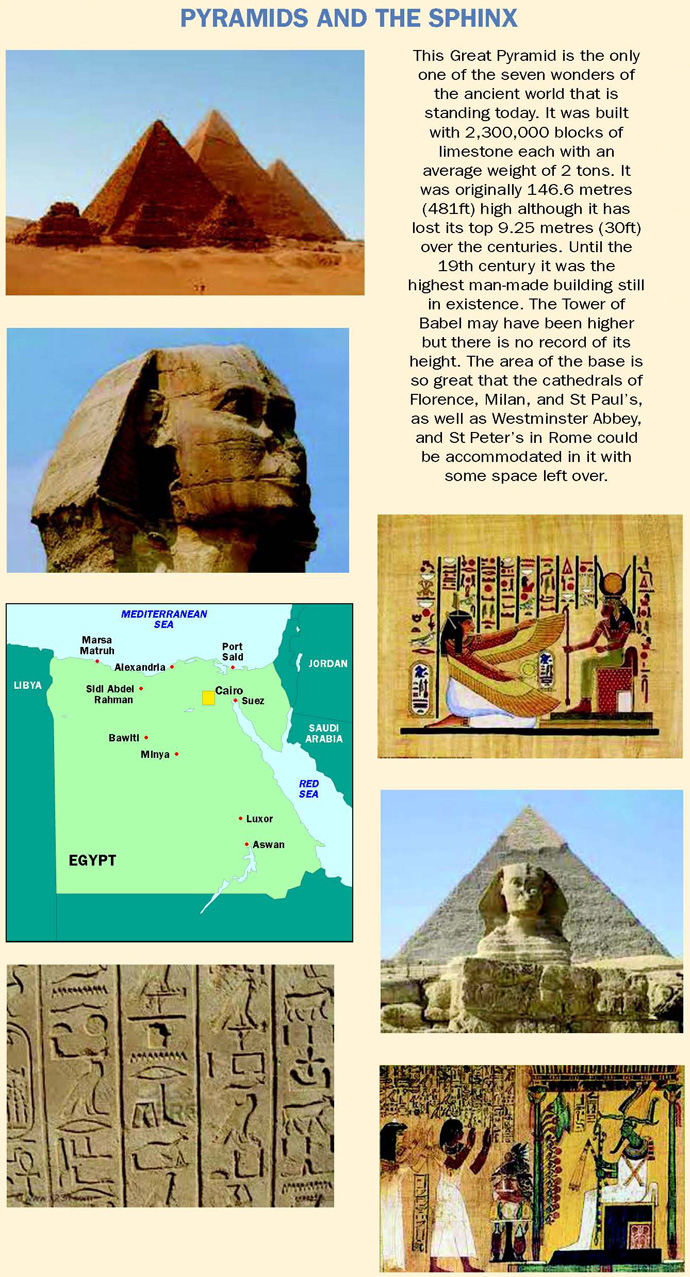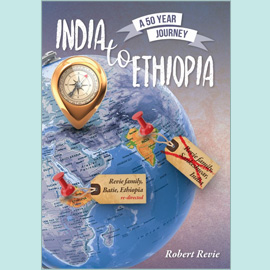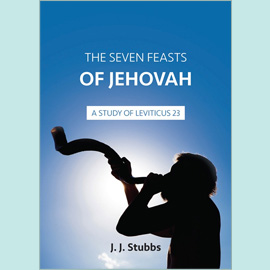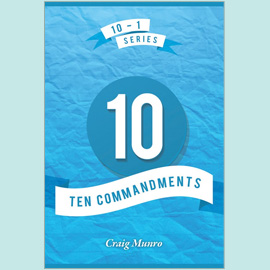
This series concentrates on significant world powers which are recorded in Scripture and which impacted on Biblical events.
The Second Intermediate Period began as the country went through a further period of transition. This was the era of the thirteenth to the seventeenth dynasties. It was at this time that the Hyksos invaders from Asia entered the country and conquered it by the use of chariots and horses, previously unknown to the Egyptians. They gave Egypt the sixteenth dynasty and were known as the "Shepherd Kings".
The New Kingdom
The Hyksos were driven out by Amosis, a Theban prince, who created the New Kingdom, during which the eighteenth, nineteenth, and twentieth dynasties ruled, and which commenced about 1600 BC. It is known as the Empire Age and saw Egypt at the height of its international power. Further extension of its borders took place. Egyptian armies stood on the Euphrates in the north and marched deep into the Sudan in the south. Despite this the Egyptians were reluctant colonisers, and living outside of the home state was not a coveted aim.
There was an era of building and art which was never again equalled. The Temple of Karnak was extended on many occasions. The Colossos of Memnon and parts of Luxor are all evidences of the greatness and glory of this era of Egyptian history. Under the Pharaoh Tuthmosis III Egypt became the leading world power. During his reign the four obelisks which are known today as Cleopatra’s Needles, and which are now to be found in London, New York, Istanbul, and Rome were erected. In later years pharaohs such as Rameses II, known as Rameses the Great, continued to assert Egyptian hegemony, but by the end of his reign Egyptian prestige was declining, and 1070 BC is considered to mark the end of the New Kingdom.
The Third Intermediate Period
Following the fall of the New Kingdom there was the Third Intermediate Period (1070-712 BC). Once again the country was divided into Upper and Lower Egypt. The twenty-first to the twenty-fourth dynasties ruled and Sheshonk, the first Pharaoh of the twenty-second dynasty may be Shishak, king of Egypt who "came up against Jerusalem: And…took away the treasures of the house of the Lord, and the treasures of the king’s house" (1 Kings 14.25-26) in the days of Rehoboam1.
The Late Period
The Late Period (712-332 BC) covered the era when momentous events were taking place. The twenty-fifth to the thirtieth dynasties held power. Josiah was defeated in battle by Pharaoh Necho, who, fearing the power of Babylon which had destroyed Nineveh, was marching against Carchemish, a city which stood on the banks of the Euphrates and was the gateway to Asia (2 Chr 35.20-24). After the death of Josiah Egypt was able to exercise control over Judah for a short time (2 Chr 36.1-4) but her days as an independent world power were over. Jerusalem fell to the Babylonians and the Times of the Gentiles were ushered in by the fall and captivity of Judah. The Persians invaded (525 BC) but after some time the Egyptians threw off this yoke. When the Persian Artaxerxes III, however, reconquered Egypt he commenced the thirtieth dynasty and the once mighty empire was never again to be ruled by a prince of native Egyptian blood. It was not until the revolution of 1952, which brought General Neguib to power, that Egypt was once again ruled by a government with an Egyptian at its head.
The Pharaoh of the Exodus
It is not possible with confidence to identify which Pharaoh ruled at the time of the Exodus. It seems probable that it took place during the era of the New Kingdom or the Third Intermediate Period. What is certain is that in the days of Moses Egypt was a world power renowned for its architecture, military might, advanced infrastructure, and social order.
The Religion of Egypt
The religion of Egypt was wholly idolatrous. In early days there were local deities and these formed the basis of a complex web of myths and legends which developed over the centuries, new gods being added as the system became more sophisticated. Animals and insects were often deified. The worship of the sun and the worship of the god who brought the annual flood to the river Nile, together with other deities, flourished. In the closing years of the New Kingdom foreign deities such as Baal and Astarte were introduced.
The pyramids and tombs prove that the Egyptians had a keen sense of life after death. The great effort and expense which went into the preparation of the burial chambers which would be sealed, never again to be seen (this purpose was thwarted by the tomb robbers), is evidence of the importance which they placed on the afterlife. The pyramids were, in effect, intended to be a court which would function after death. Thus food was left, furniture was installed, and gold and precious artefacts were sealed in with the dead.
The priesthood, centred on On, in the north, asserted that Ra, the sun god, crossed the skies each day in a boat and that at night the moon and the stars embarked on the same journey. The problem of what happened to the sun during the night was overcome by teaching that it passed through the underworld (the Det). Similarly the stars undertook that journey during the day. Others taught that the goddess Nut consumed the sun each evening and give birth to it again each morning. Osiris, who was probably a petty king with only local authority, pre-dating the mythical Menes, was gradually deified and became the head of another cult. Other "gods" were brought into this family. Osiris was believed to be the son of the earth god Geb and the goddess Nut.
Throughout the turmoil of her history the land of Egypt was continually dependent on the river Nile. In summer much rain falls on the great lakes situated in the highlands of Ethiopia. These rains, together with the water from the melting snows, flow into the Nile which rapidly rises and floods. This took place each year in the month of June and the river could rise about 7 metres in the south of the country and 5 metres in the north around the area where Cairo is now situated. The water then was about twenty times its usual volume. The Nile flood was the most important part of the year for the Egyptians. It marked the beginning of the year. In September the waters abated and it was possible to sow in the wet soil. After about four months, harvest could be taken in and then, until the floods returned, the ground lay fallow. The higher the flood, the greater potential harvest. Clearly, during the seven fat years when Joseph gathered the harvest into storehouses, the river rose to great heights, but in the lean years the flood failed to rise to a height that guaranteed a useful harvest. Today the annual rise and fall of the river has been controlled by reservoirs so that regular irrigation of the land is possible. Such were the benefits which came from this river that the Egyptians called the god of the flood Hapy, who is represented as a bearded man with a part female body and a large abdomen to portray the fertility and generous bounty which came from the river.
Other "gods" are Bes, who protected from evil, Khnum, who gave life and created the first man on a potter’s wheel, Thoth, who is the Lord of magic, knowledge, and wisdom, and Hathor, the mother of Horus, the goddess of love, seduction, and music.
But the religious life of the nation at times went through periods of turmoil. During the reign of Akhenaten (Amenophis IV) there took place a religious revolution. Details are difficult to uncover, but the evidence available indicates that the ascension to the throne of this monarch led to the establishment of the worship of Aten, a sun god, as the supreme deity. A new capital city, planned and designed by Akhenaten, was built further south, to which he gave the name Akhetaten "Horizon of the Aten". To this city there came the nouveau riche and others who were promoted by the King to positions of power. The impression is left of a divided nation, for, after the death of Akhenaten, the new capital was abandoned and the worship of the old deities resumed with vigour, as the priestly caste reasserted its authority. For archaeologists, the abandoned capital has become a rich source of artefacts throwing light on daily life at that time.
Religion and the state were closely linked. Each pharaoh "acquired" divinity at the coronation ceremony. He became one of the favoured who joined the divine world at this time and after death he acquired full deity. Such a religious system held the people in bondage and darkness. The priests held great power, being viewed as the guardians of the "mysteries" which were not open to the "laity". Pharaoh’s power was enhanced by his being the possessor of the ultimate "mysteries". There was, therefore, a closely interwoven social structure of which religion was the centre. Mystique, priest-craft, wizardry, and idolatry were its pillars. It left the people in darkness and hopelessness, the hallmark of all religious systems which have the god of this age at their head.
1The accuracy of this is disputed by David Rohl in A Test of Time.









